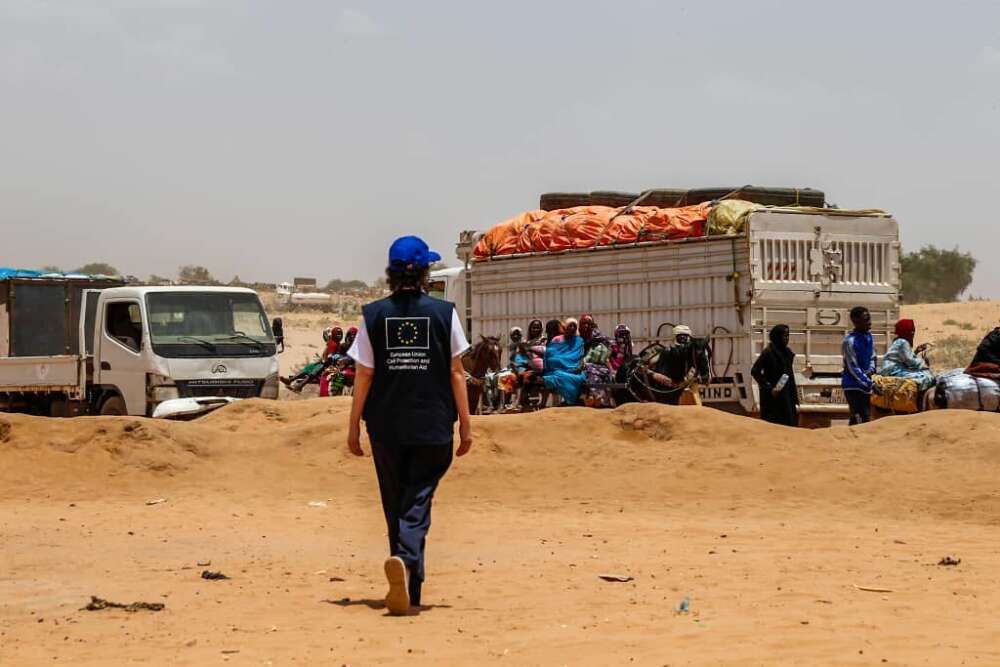IASC Transformative Agenda: A Review of Reviews and Their Follow-Up

Executive Summary
In 2011, the Inter-Agency Standing Committee (IASC) principals adopted the Transformative Agenda to give new momentum to the 2005 Humanitarian Reform and strengthen leadership, coordination and accountability in humanitarian action. Their ultimate objective was to enhance accountability to affected populations. Building mainly on lessons derived from the responses to the Haiti and Pakistan crises in 2010, initial efforts focused on large-scale, under-capacitated disasters. In such level 3 (L3) emergencies, the Transformative Agenda introduced measures for quickly deploying experienced staff, empowering leadership and making additional, pooled funds available. The Transformative Agenda also elaborated a set of protocols that define, among others, a new humanitarian program cycle that is applicable in all humanitarian emergencies today.
This review was requested at a meeting between IASC emergency directors and major humanitarian donors in December 2014. It aims to identify lessons learned from the implementation of the Transformative Agenda and to provide suggestions for addressing identified obstacles for change. The review builds on the evidence collected in a series of operational peer reviews (OPRs) and other evaluative work, focusing on recent L3 responses. To complement the synthesis of existing evidence, the review team interviewed 85 senior humanitarian staff and donor representatives at headquarters and in the field.
Results indicate that the Transformative Agenda had positive effects in important areas at a time when the humanitarian system’s capacities were severely stretched. Notably, the Transformative Agenda strengthened the leadership of humanitarian coordinators, reinforced global coordination (including with donors), tightened mutual accountability between leaders of the humanitarian response and facilitated field-level rollout through, for example, the timely deployment of senior support missions. There was progress in surging staff following an L3 declaration, though with an imbalanced focus on coordination roles and without detailed plans for succession. As a result of considerable investments, slight improvements were also noted in cluster coordination. Investments made in training and mentoring helped the uptake of policy guidance in the field. The support of donors and the earnest engagement of IASC emergency directors and especially their chair were crucial to this progress.
However, the Transformative Agenda led to little or no change in areas such as the humanitarian country team’s collective leadership, accountability to affected populations, security and protection. There was also limited progress in decentralization and in effectively linking different coordination fora. Moreover, the Transformative Agenda had the unintended negative effect of increasing process demands on field staff. The lengthy protocol-writing process, inflexible application of the Transformative Agenda’s tools to contexts they were not designed for and UN OCHA’s crucial, but increasingly contested role limited the reform’s uptake. The reform’s focus on IASC members and the initial phase of the response also did not encourage engagement with local actors or the development of a longer-term perspective.
Overall, the Transformative Agenda made significant progress in encouraging change in a difficult context. Yet, its restrictions and drawbacks also illustrate the limitations of this type of top-down, bureaucratic approach to change. The review team therefore invites members of the meeting between emergency directors and donors to consider the following suggestions in the run-up to the World Humanitarian Summit:
- Do not launch a new global reform process, but consolidate the Transformative Agenda, and focus on its contextualization and roll-out.
- Slim down inter-agency processes and focus on delivery.
- Address critical gaps in protection, decentralization of the response, longer-term human resources solutions, longer-term planning and links to local actors and security/risk management.
- Refocus on crisis-affected people with, for instance, an accelerated shift to cash.







